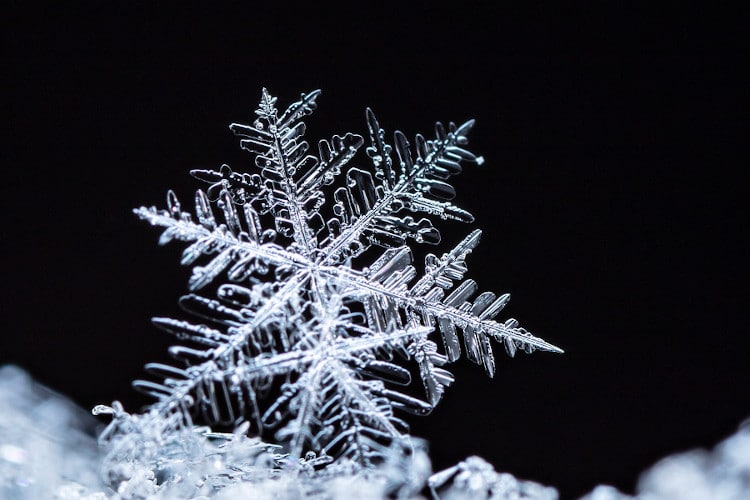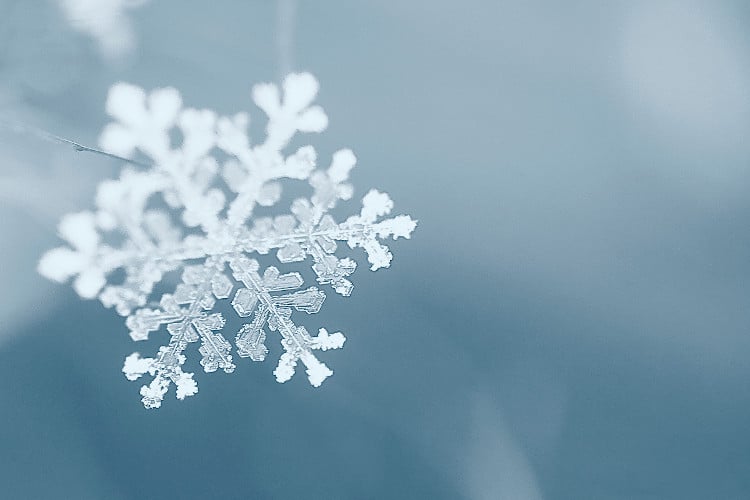Especially the larger snow crystals that boast beautiful symmetry and unique designs.
But have you ever thought about how big a snowflake can get?
That reads like a monstrous ball of ice, but it is important to separate snow crystals from snowflakes.

Photo: vad_1/Depositphotos
The former comes from water freezing from a gas to a solid without first becoming liquid.
This gives them those six-fold symmetric designstheir pattern being determined by environmental conditions.
On the other hand, snowflakes can be any clump that comes down from the wintery sky.

Photo: style-photo/Depositphotos
Kenneth Libbrecht, Professor of Physics and an experienced snow researcher.
By comparison, regular snow crystals are usually two to four millimeters in diameter.
I have only seen large snow crystals like this twice; both times in Cochrane, Ontario.
Both times, I saw these large snow flowers falling only briefly, for about ten minutes.
However, with a little luck, this record can be broken.
Libbrecht estimates that about a million billion snowflakes fall each second, averaged over a typical year.
That’s enough snow to make one snowman for every person on earth every ten minutes.